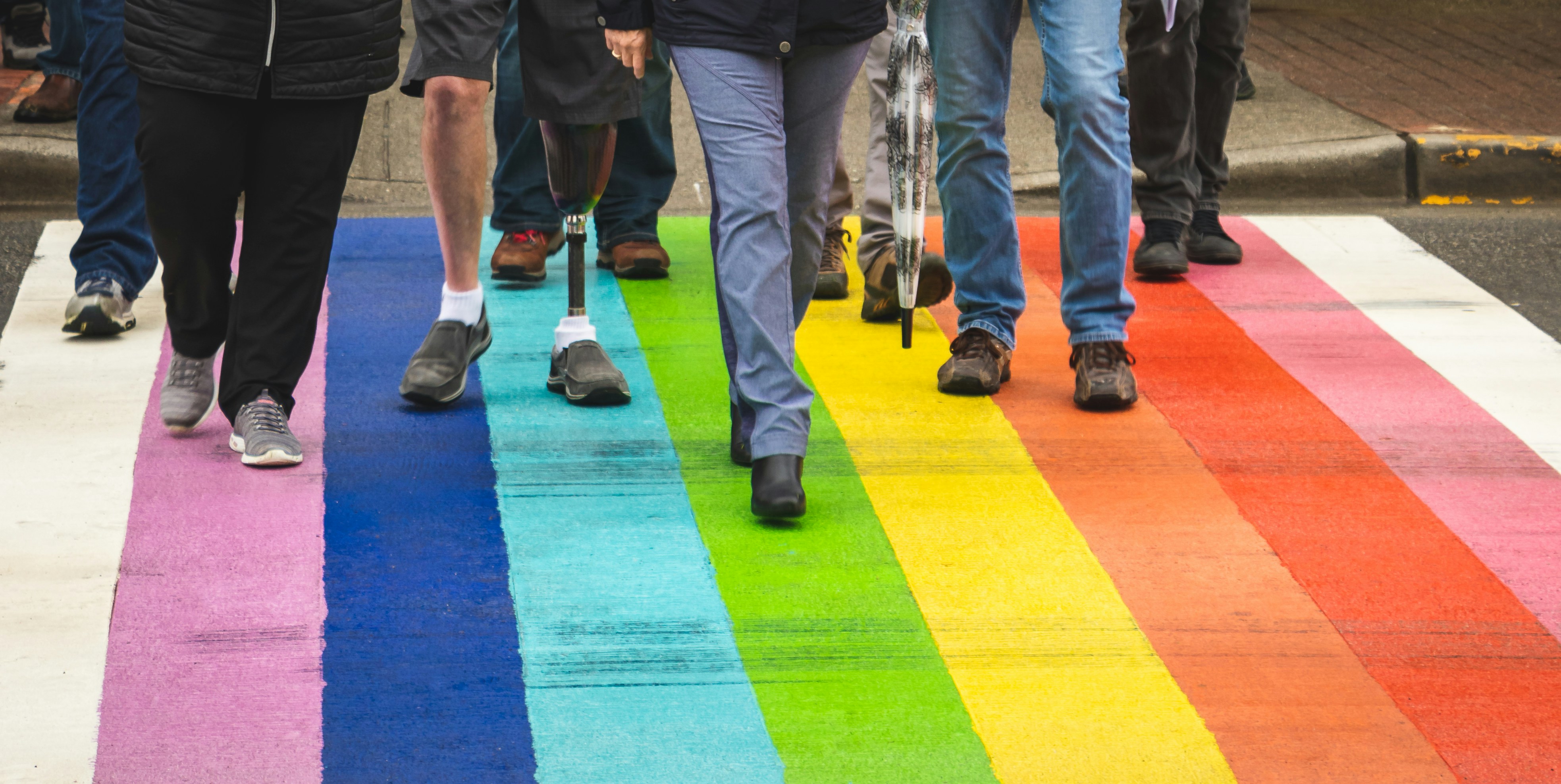Pedal Powered Adventures: The Resurgence of Bicycling Tourism
The resurgence of bicycling tourism is a testament to our collective quest for deeper, more meaningful experiences. It's a trend that merges adventure, wellness, and sustainability, inviting travelers to swap roaring engines for the quiet crunch of gravel under rubber. This article delves into the evolution, current trends, and future projections of bicycle tourism, offering fresh insights for your next adventure.

Understanding the Pedal Power: The History of Bicycle Tourism
The bicycle was invented in the early 19th century, offering a new mode of transport that was inexpensive, egalitarian, and healthy. Bicycle tourism first took off in the late 19th century, with the advent of safety bicycles, which were easier and safer to ride than their predecessors. The trend waned with the advent of motor vehicles, only to reemerge stronger in the 21st century, driven by a growing global consciousness around health and sustainability.
The Wheels of Change: Current Bicycle Tourism Trends
Today, bicycle tourism is enjoying a renaissance, propelled by several factors. First, there’s a growing interest in low-impact travel that respects the environment. Second, people are seeking experiences that promote health and wellness, and bicycling fits that bill perfectly. Lastly, there’s a desire for slow, immersive experiences that allow travelers to connect more deeply with the places they visit.
Advantages and Challenges of Bicycle Tourism
Bicycle tourism offers numerous advantages. It’s a quiet, slow-paced way of exploring that allows you to engage more deeply with your surroundings. It also promotes health and wellness, and is a sustainable mode of travel that minimizes your carbon footprint.
However, there are challenges too. It requires a level of physical fitness, and can be demanding, especially on long trips. Weather can also be a factor, as cycling in the rain, wind, or extreme heat can be uncomfortable.
Research Findings: The Impact of Bicycle Tourism
Research has shown that bicycle tourism can have significant positive impacts. Economically, it can boost local economies as cyclists often spend more and stay longer than other types of tourists. Environmentally, it’s a low-impact form of travel that can help reduce carbon emissions. Culturally, it encourages meaningful interactions with locals, fostering understanding and respect between cultures.
Pedaling into the Future: Practical Tips and Insights
- Plan your route: Consider the terrain, distance, and climate. Make sure to include rest days in your itinerary.
- Pack light: Only bring essentials and remember, everything you pack, you’ll have to carry.
- Stay safe: Always wear a helmet, use lights and high-visibility clothing, and follow local traffic laws.
- Be respectful: Remember you’re a guest in the places you visit. Be respectful of local customs and the environment.
In conclusion, bicycle tourism is a travel trend that combines adventure, wellness, and sustainability. It offers a unique way to explore the world, allowing you to connect more deeply with the places you visit while promoting your health and respecting the environment. While it has its challenges, the rewards far outweigh them, offering a travel experience that is both enriching and transformative.





